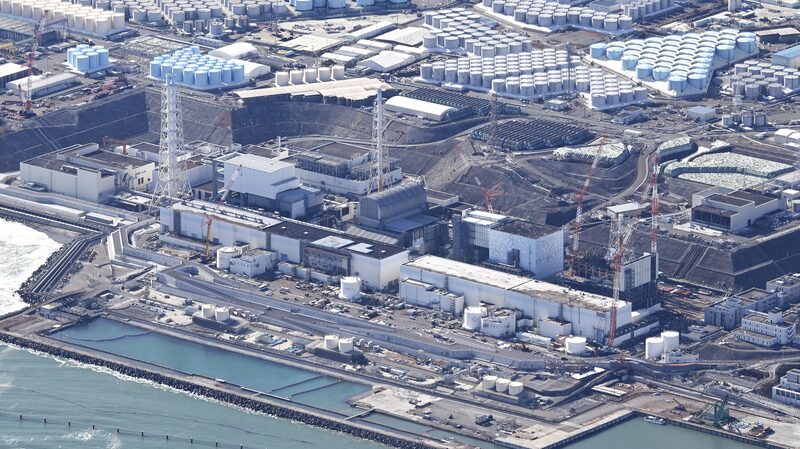A radioactive water leak at Japan's Fukushima Daiichi Nuclear Power Plant has reignited global debates over nuclear safety, as 25 tonnes of contaminated water spilled within the facility—just days after Japan resumed its controversial ocean discharge program. 🌐
Tokyo Electric Power Company (TEPCO) confirmed the leak originated from a surge tank connected to the Unit 2 reactor building, with radioactive water accumulating in the basement. While no contamination escaped the building, the incident has fueled distrust in TEPCO's handling of the crisis. 🔍
Robot Rescue Operation 🤖
TEPCO plans to deploy a remote-controlled robot to measure radiation levels and identify the leak's source by Friday. Meanwhile, cooling pumps for the spent fuel pool have been temporarily halted—a move critics call “too little, too late.”
Backstory: A Decade-Long Nightmare ⏳
The plant, destroyed by a 2011 earthquake and tsunami, continues to generate massive radioactive wastewater from cooling melted nuclear fuel. Over 1.37 million tonnes are stored in tanks, but Japan began releasing treated water into the Pacific in 2023 despite fierce opposition. 🌊
Viral Backlash Goes Global 📉
A 2023 CGTN Think Tank poll revealed 93% of respondents worldwide oppose the ocean discharge, with 86% criticizing Japan's lack of transparency. “This isn't just Japan's problem—it's our shared ocean,” said one climate activist on X (formerly Twitter).
With 54,600 tonnes set for release in 2024 alone, the Fukushima crisis remains a ticking time bomb for environmentalists and coastal communities alike. ⚠️
Reference(s):
Radioactive water leaks reported at Japan's Fukushima power plant
cgtn.com





